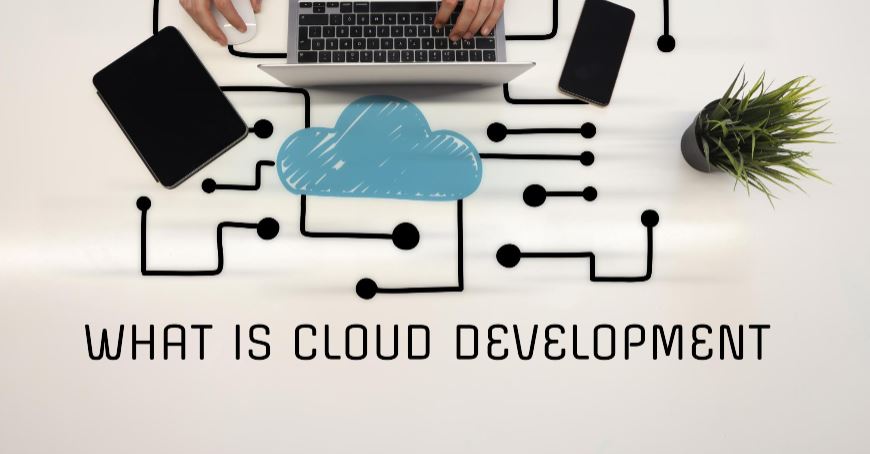It is now more crucial than ever for legacy organizations to update their legacy programs as we enter an important turning point in the rapidly evolving digital landscape. In the corporate world, the term legacy application modernization has gained popularity, signifying the critical step towards adopting the latest technologies. This article focuses on the rationale behind legacy firms’ decision to legacy application modernization, evaluating the advantages and tackling the obstacles that come with this change.
Need for Legacy Application Modernization
Adaptability to Changing Technologies:
As technology advances quickly, legacy programs sometimes find it difficult to stay current with the latest developments. Outdated systems become inefficient and incompatible with new technologies. Legacy application modernization ensures that companies can stay competitive and innovative by keeping them vigilant about new developments in technology.
Improved Efficiency and Performance:
Dated software can act as an obstruction, impeding the effectiveness of an organization as a whole. Legacy firms can enhance the productivity and agility of their systems by adopting technological upgrading. The goal of modern apps is to increase overall productivity by decreasing downtime and providing improved performance.
Long-Term Cost Savings:
The long-term advantages of enterprise application development services and legacy to cloud migration can outweigh the initial expenditure. Applications that have been updated are more affordable to maintain, support, and scale. Over time, businesses can save a lot of money by getting rid of the expensive maintenance that comes with old infrastructure.
Better Security Measures:
In order to defend against contemporary cyber threats, legacy apps sometimes lack strong security measures. As technology evolves, hackers become more capable, therefore companies need to fortify their digital defenses. By bringing outdated apps modern, it becomes feasible to include sophisticated safety features that ensure sensitive data is protected.
Improved User Experience:
With the introduction of intelligent and user-friendly programs, consumer expectations have increased. Because of their outdated interfaces, legacy apps could not offer the seamless experience that contemporary consumers require. Businesses are able to improve user experience and boost customer satisfaction and loyalty by updating outdated software.
Challenges in Legacy Application Modernization
Compatibility Issues:
Maintaining compatibility with current systems is one of the difficulties in modernizing out-of-date applications. New technology integration can be challenging, requiring careful planning and implementation to guarantee a seamless transition without interfering with regular business activities.
Data Migration Issues:
Legacy to cloud migration requires transferring enormous volumes of data, and any errors made in this process run the risk of causing data loss or damage. To reduce these risks and preserve data integrity during the modernization process, legacy organizations must carefully plan and implement their data migration methods.
Employee Training and Adaptation:
When switching to updated applications, employees used to outdated systems may encounter a process of adaptation. It is crucial to offer thorough training programs and assistance in order to guarantee a smooth transition and reduce interruptions to production.
Budgetary Constraints:
It may be challenging to set aside resources for the upgrading of outdated apps, especially for companies with limited financial resources. However, it is essential to consider the potential return on investment in addition to the significant operational and financial advantages that modernization can provide.
Resistance to Change:
User routines and deeply embedded procedures may exist in legacy systems. Overcoming stakeholder and user opposition to change is a big problem. A smooth transition depends on effectively conveying the advantages of modernization and offering sufficient training.
Interoperability Problems:
It’s possible that older programs cannot operate well with more modern hardware and software. It is difficult to guarantee complete compatibility between updated parts and the current infrastructure. To create a coherent and effective system, compatibility problems, data transfer methods, and communication standards must be properly handled.
Conclusion
The requirement for flexibility, higher performance, cost savings, increased security, and an improved user experience makes it essential for legacy enterprises to upgrade their old systems. Compatibility problems, data transfer worries, staff training, and financial limitations are some of the hurdles, but overall, the advantages exceed the dangers.
Modernizing legacy applications is not just a trend; it is a strategic requirement for businesses hoping to prosper in the lively commercial world of today. The use of technology modernization, the migration of legacy systems to cloud computing, and the utilization of enterprise application development services are essential measures in guaranteeing that legacy businesses maintain their competitiveness, inventiveness, and adaptability amongst technological advancements.
Legacy application modernization is the first step toward a future where organizations can thrive and become more technologically savvy. After all, the future belongs to those that welcome change.




